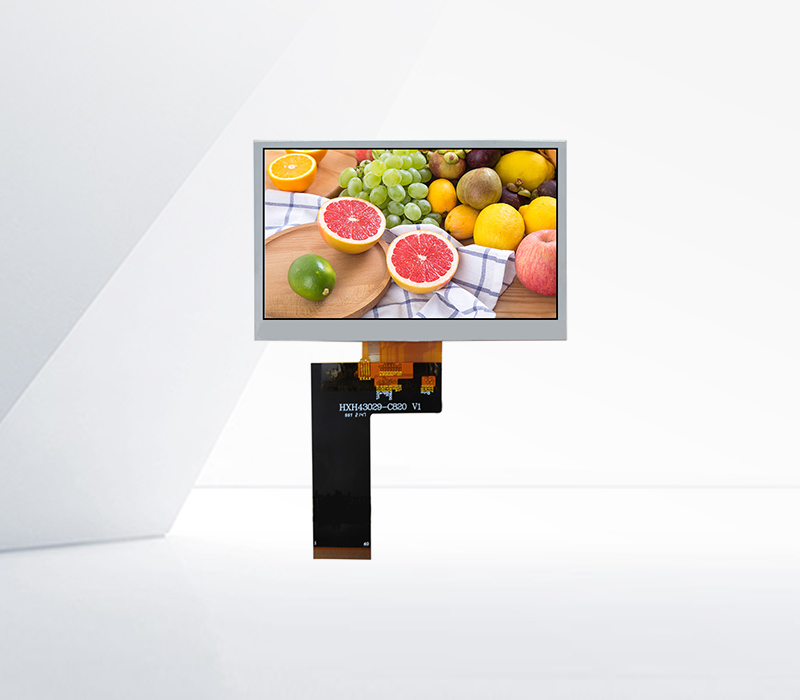




Flexible LCD modules have emerged as a groundbreaking development in display technology, enabling the creation of displays that can be bent, curved, or rolled without compromising on visual quality. This flexibility opens up a vast array of new applications in fields ranging from consumer electronics to automotive and healthcare.
The key to the flexibility of these modules lies in the materials and manufacturing processes used. Traditional LCDs are based on rigid glass substrates, but flexible LCDs replace these with thin, flexible materials such as plastic or metal foils. Polyimide is a commonly used plastic substrate due to its high thermal stability, chemical resistance, and excellent mechanical flexibility. Metal foils, such as stainless - steel foils, also offer good flexibility and electrical conductivity, making them suitable for certain applications.
In addition to the substrate, the liquid crystal layer and other components in flexible LCD modules are also designed to be flexible. The liquid crystal molecules are encapsulated in a flexible polymer matrix, which allows them to move and change orientation even when the module is bent. The thin - film transistors (TFTs) used to control the liquid crystals are also fabricated on the flexible substrate using techniques such as low - temperature polycrystalline silicon (LTPS) or organic thin - film transistors (OTFTs). These TFTs can maintain their electrical performance even under mechanical stress.
Flexible LCD modules offer several advantages over traditional rigid displays. Their ability to conform to different shapes allows for more innovative product designs. In the consumer electronics market, they are used in foldable smartphones and tablets, which can be easily carried and provide a larger screen size when unfolded. In the automotive industry, flexible LCDs can be integrated into curved dashboards, providing a more immersive and aesthetically pleasing user interface. In healthcare, they can be used in wearable medical devices, such as smartwatches or patches, that need to conform to the shape of the human body for accurate monitoring.
However, the development and production of flexible LCD modules also face challenges. Ensuring the long - term reliability of the flexible components under repeated bending and stretching is a major concern. The manufacturing processes for flexible LCDs are more complex and require precise control to achieve high - quality displays. Despite these challenges, continuous research and development are driving the improvement of flexible LCD technology, making it more accessible and reliable for a wide range of applications.
